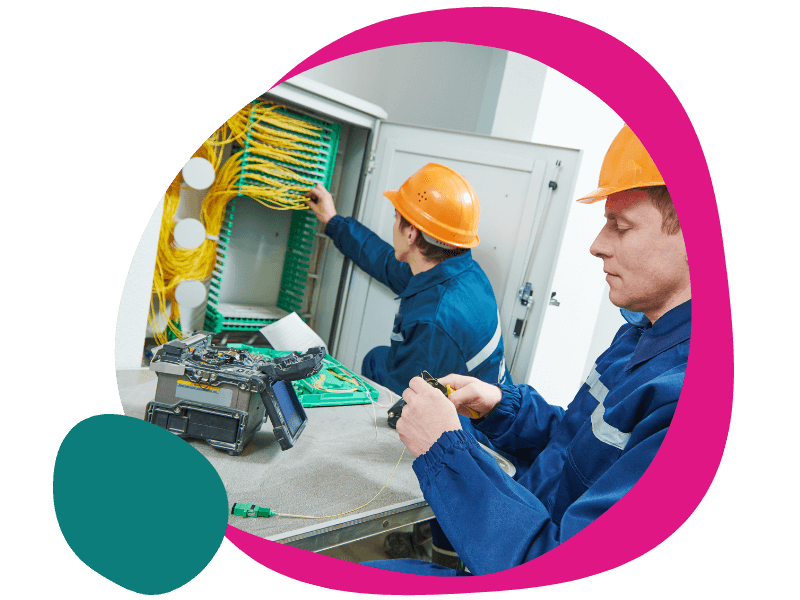The State of Broadband in the UK: Trends and Statistics
Home broadband has become a necessity that supports society-wide modern-living, with internet access required almost every hour of the day.
However, UK broadband has charged a premium to the planet to provide this service, but with sustainable broadband, you can be better connected.
Here you can see the landscape of broadband across the UK with a deep dive into trends, statistics and efforts towards making the digital world inclusive and sustainable.
Superfast Speeds Gaining Traction
The UK is experiencing a surge in
superfast broadband adoption. According to Ofcom, nearly
72% of UK premises have access to speeds exceeding 30 Mbps. This significant improvement empowers users with activities like:
- High-definition video streaming without buffering.
- Online gaming with minimal to no lag.
- Seamless video conferencing for remote work and education.
- Multiple devices connected at once accessing the internet.
Fibre is future-proof and is set to last for many decades ahead, the perfect choice for better connecting your home or business.


